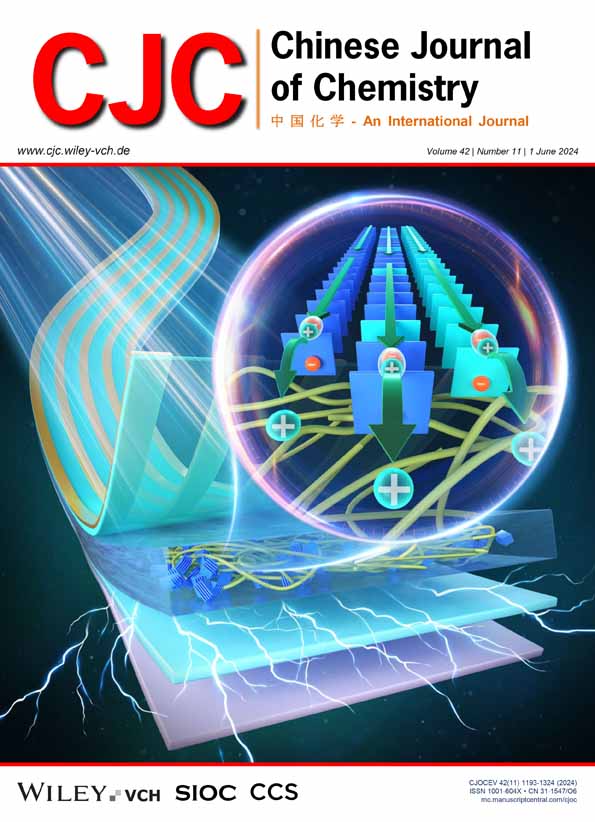Modular Synthesis and Cytotoxicity Evaluation of Dragocins A—C and Their Analogues: Discovery of a Potential Anticancer Agent
Abstract
Dragocins A—C are structurally unique marine natural products featuring an uncommon tri-oxa-tricyclic[6.2.1]undecane moiety. However, their extremely low natural abundance has hindered extensive screening of their bioactivities. We hereby describe an efficient and modular approach to synthesizing dragocins A—C and their analogues using commercially available and inexpensive anisomycin and D-ribosyl thioglycoside derivative as the starting materials. A key feature of our synthesis is the construction of the uncommon tri-oxa-tricyclic[6.2.1]undecane skeleton. This challenging architecture is achieved by the stereocontrolled formation of the β-ribofuranosidic bond and the DDQ (2,3-dichloro-5,6-dicyano-1,4-benzoquinone)-promoted intramolecular cross-dehydrogenative etherification at the benzylic position. Our synthesis is also characterized by the successful installation of a chlorine atom and a methoxy group at the tertiary C-4' position via a late-stage silver-catalyzed decarboxylative chlorination reaction and an electrophilic etherification reaction of the enol intermediate. Cytotoxicity evaluations of the synthesized compounds revealed demethyl dragocin A, the N-demethylated derivative of dragocin A, as a potential anticancer candidate due to its strong cytotoxicity against A549 lung, HCT116 colorectal and MCF7 breast cancer cell lines. This work also demonstrated the preliminary structure-activity relationship of this compound, setting a solid foundation for developing novel anticancer candidates.

 求助内容:
求助内容: 应助结果提醒方式:
应助结果提醒方式:


